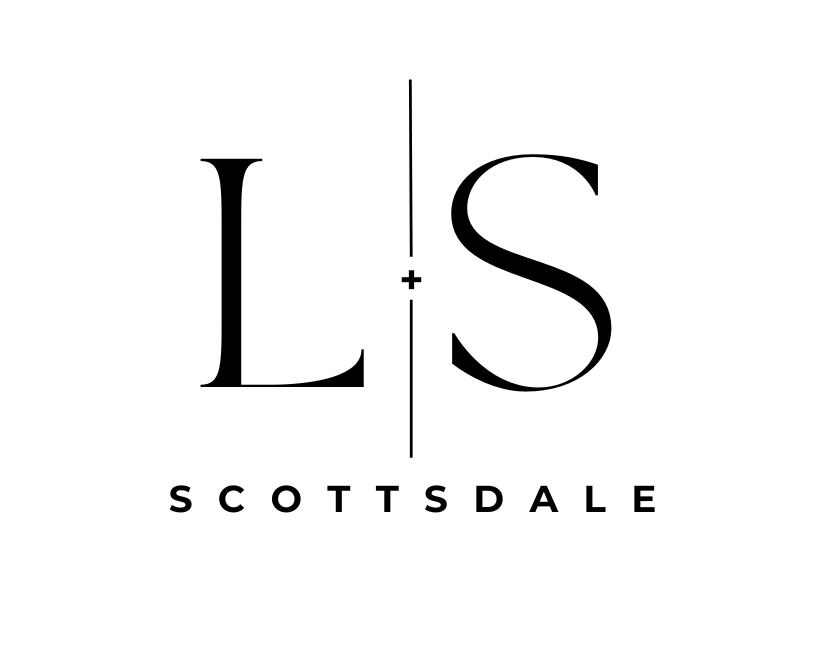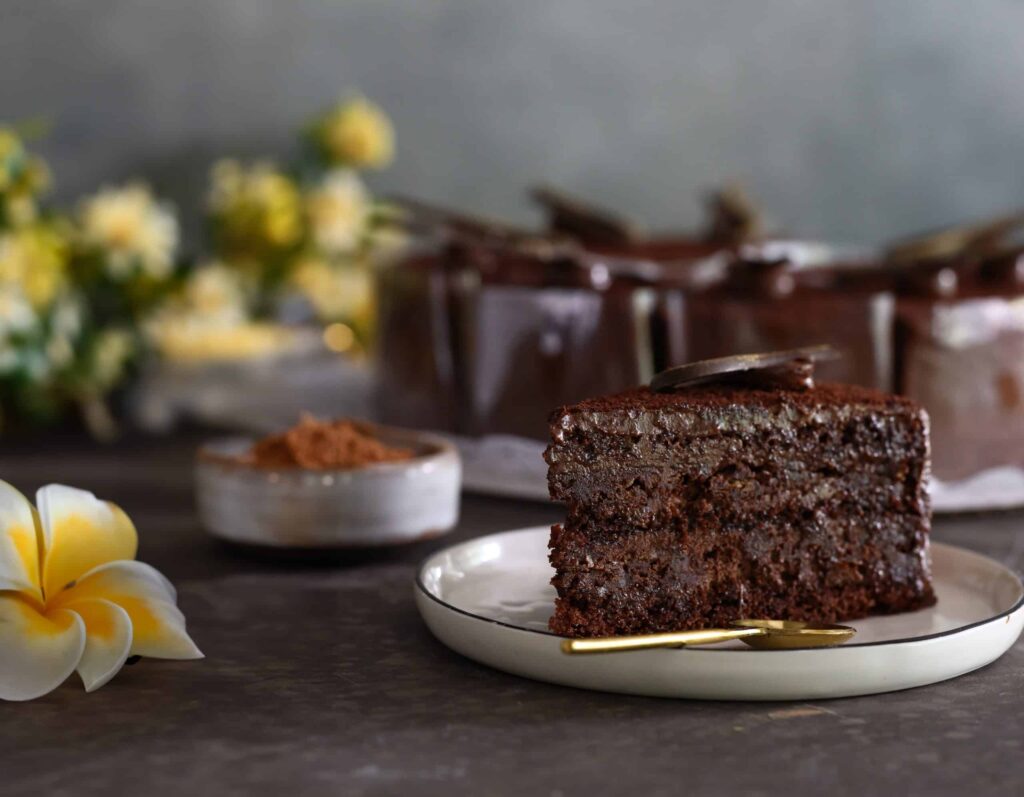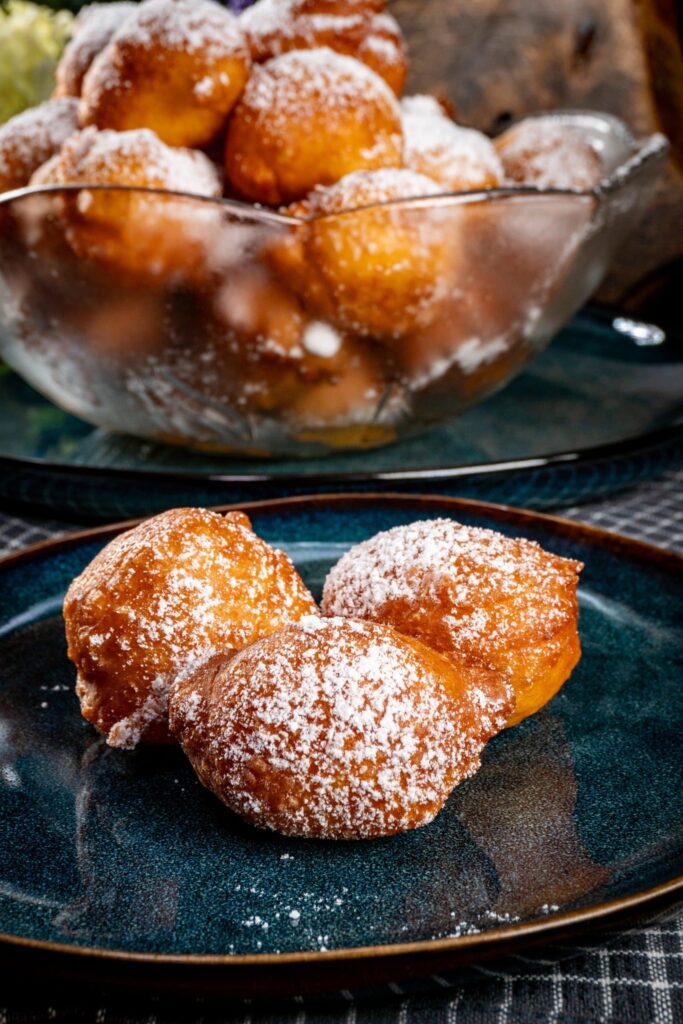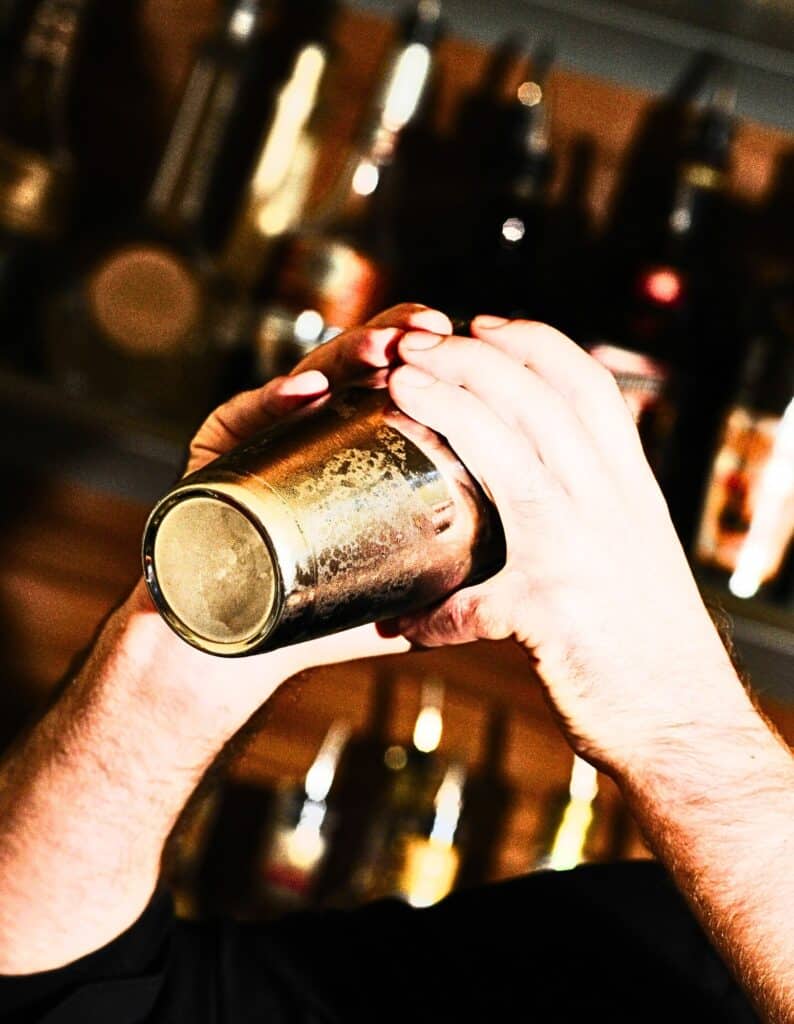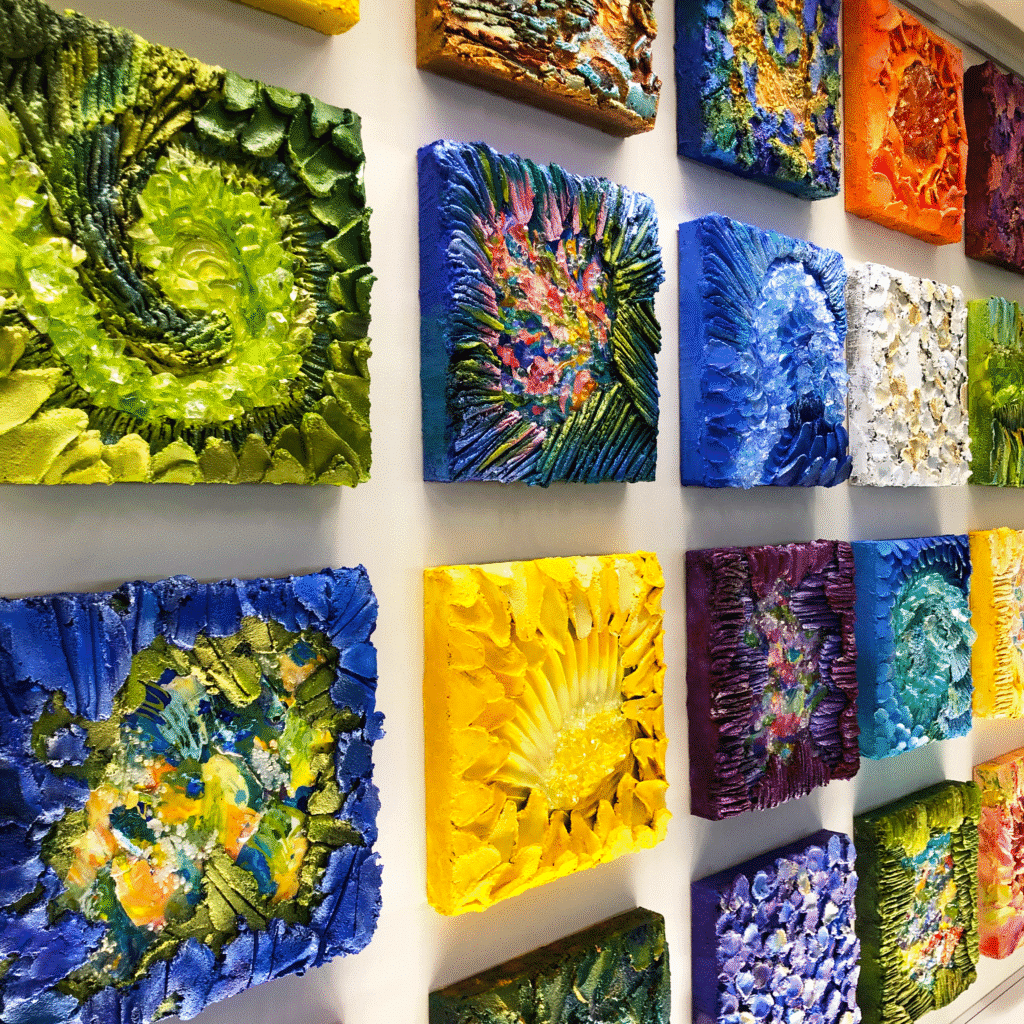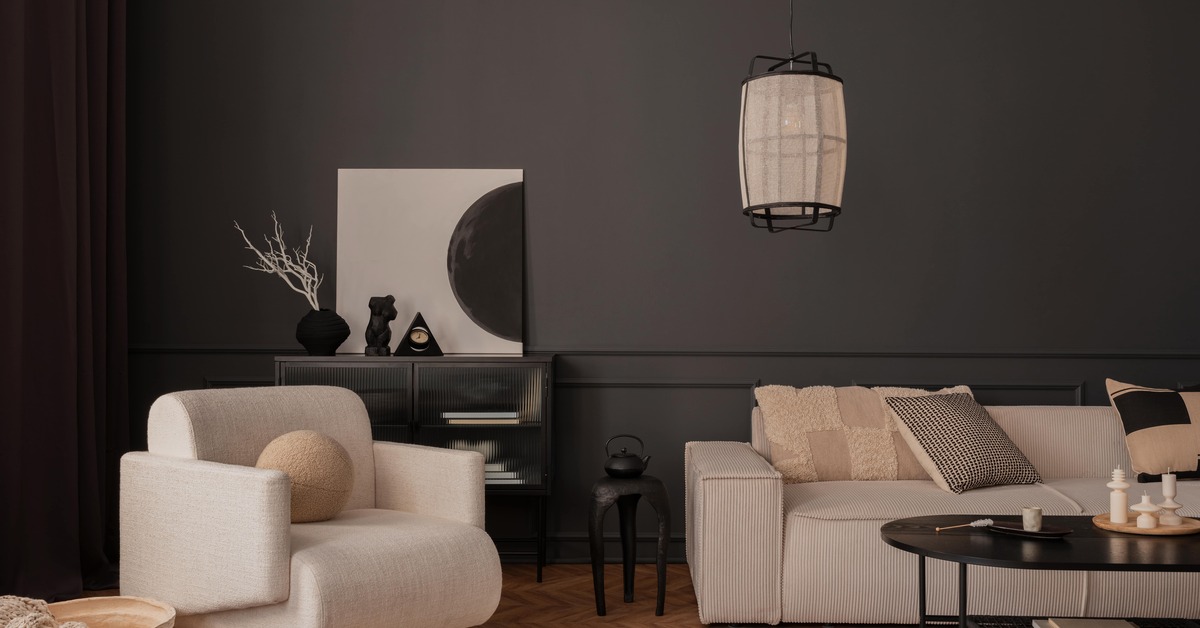
Design continues ever to evolve. And as we begin our steps into 2025, the world of interior design continues to develop, reflecting broader societal shifts and technological advancements. Several key trends are coming into focus that will shape how we design and experience our living and working spaces.
Sustainability and eco-friendly design:
As environmental awareness grows, sustainable design remains a major trend in repurposing furniture and energy-efficient solutions. Designers increasingly prioritize using low-VOC paints, upcycled materials, and energy-efficient lighting.
Eco-friendly flooring options such as luxury vinyl planks, bamboo, cork, and reclaimed wood will be popular for their environmental impact and renewable nature. There will also be a focus on high-end, eco-friendly materials and finishes that combine luxury w/enviromental responsibility with an emphasis on recycled and upcycled materials, whether choosing furniture made from sustainable materials or ensuring that we are picking high-quality pieces that will last and be used for a long time.
Also, as LED lighting has been in and out of trend with bright white, it is necessary to make some slight changes. LED lighting will show warmer, creating a cozy feel for the home.
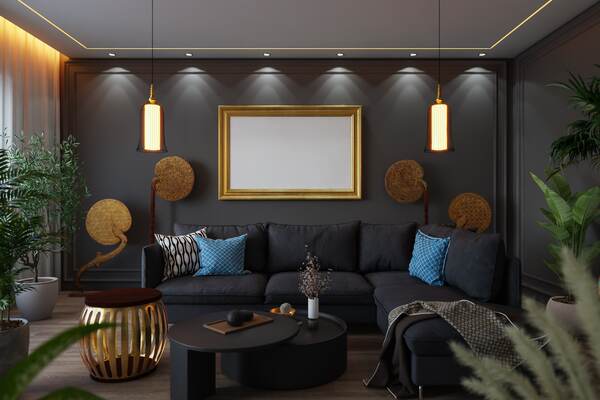
Smart homes and technology integration:
The integration of smart technology into interior design is more prevalent than ever. In 2025, homes will have advanced automation systems that control lighting, temperature, security, and entertainment. Voice-activated assistance and Al-driven devices are seamlessly incorporated into the design, enhancing convenience and efficiency while maintaining aesthetic appeal.
Biophilic design, which seeks to connect occupants with nature, continues to gain popularity. This approach incorporates natural elements such as indoor plants, natural light, and organic materials to create calming and rejuvenating environments. In 2025, Biophilic design is not just a trend but a fundamental aspect of creating spaces that promote well-being, mental health, and acoustic comfort. This can be incorporated into the next level by integrating advanced technologies through living walls, air purification systems, and circadian lighting. Another innovative way of using Biophilic design is to incorporate wood or stone to connect interiors with nature.
Wellness spaces are cropping up in homes, not just at their home gyms or within their spas, but for yoga, massage, steam rooms, and mindful practices. As our lives become more stressful, wellness bases become more essential to relieve the daily stresses of life.
Minimalism remains a strong influence, focusing on clean lines and uncluttered spaces. As living spaces become smaller, especially in urban areas, furniture and design elements that serve multiple purposes are in high demand. Think of foldable furniture, hidden storage solutions, and adaptable layouts that maximize space efficiently. Even though the focus continues with minimalism, there is a focus on adding warmth and character through textures and subtle details, creating a cozy yet uncluttered environment.
Personalization and customization:
With advancements in technology, personalization in interiors has reached new heights. In 2025, homeowners can access various customized options, from furniture to personalized color schemes and decor. This trend allows individuals to express their unique tastes and preferences, creating spaces that reflect their personalities. Making a comeback are vintage or retro influences such as mid-century modern furniture or decor from the 70’s or 80’s.
Cultural and global influences:
Globalization continues to influence interior design with a blend of cultural elements worldwide. In 2025, we will see a fusion of styles such as Scandinavian to Japanese zen or Mediterranean warmth with African motifs.
This eclectic mix results in spaces rich in character and well-traveled diversity.

Sherwin-Williams leads with nature-inspired hues—earthy greens, warm terracottas, soft blues, and cozy neutrals like beige and taupe. While neutrals dominate, bold accents (deep reds, rich blues, vibrant yellows) add personality. Pastels bring subtle color, while dark, moody shades like navy and emerald create sophistication. Faux finishes with European influences are resurging.
Engineered wood remains popular, featuring hand-scraped and wire-brushed textures. Herringbone patterns and darker wood finishes are making a comeback. Luxury vinyl planks continue to trend for durability and affordability. Large-format tiles and bold geometric designs add modern elegance, while handcrafted clay tiles from Portugal and Italy are returning.
Lighting is a statement piece, like jewelry for a room. Smoked bronze and creative, artful designs are transforming fixtures into striking focal points.
All-white interiors might decrease in popularity as individuals gravitate towards more colorful and dynamic spaces that incorporate a variety of hues and textures. The trend of buying matching furniture sets may be winding down as interiors become more personalized, encouraging mixing and matching styles. Open shelving in kitchens might become less popular due to the practicality and maintenance required, with a shift towards more concealed storage solutions. Kitchens are becoming less open, focusing on a work area behind the main kitchen area.
Tamara Williams @ Rolling Plains Design and Development
